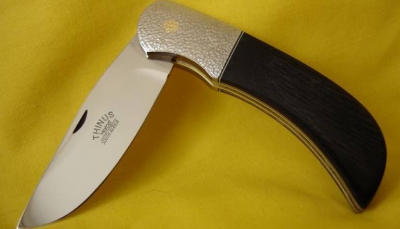I personally believe that there are excellently made carving instruments that are hundreds of years old and still working perfectly holding an edge well, and being easy enough to sharpen, or at least touch up. Look at Mary May and her videos on sharpening carving tools. When the PM steels came out many of them wouldn't take as fine of an edge and they are hard to sharpen. I agree that the newer metals are much better, and I, myself use as many PM steels in my turning tools and love them. However, when people get a bad taste in their mouth, it is tough to over come. But I am open minded, and willing to give anything a try. However, I do like the idea of D2 and I see there is a pm version of it now. I have yet to do anything with SS, so I will, no doubt, be asking for opinions on that at some point.


